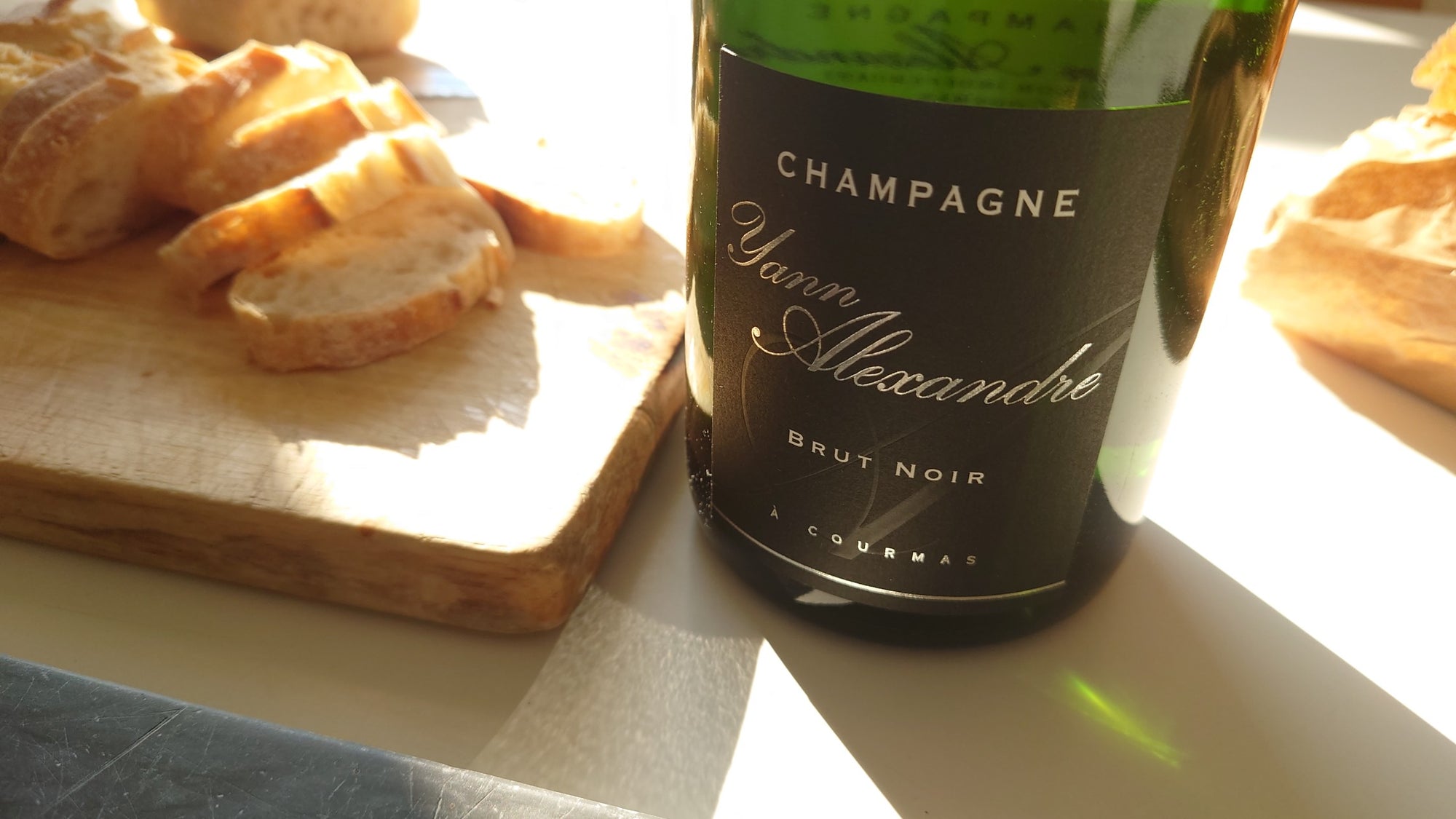
Statistically, Airén is the most outrageous wine grape the world has ever known. Many wine guides and sites still refer to it as the most widely grown wine grape in the world, although it has been recently surpassed by Cabernet Sauvignon and Merlot (surprise, surprise!) Still, it’s the most widely grown white wine grape which owes more to the reduction in Airén acreage than to the international ascendancy of Cab Sauv and Merlot.* Amazingly enough, Airén isn’t grown anywhere else but Spain and in Spain isn’t really grown outside of the arid plains of La Mancha.
To be sure, most people haven’t heard of this bigger than life eccentric as they have La Mancha’s other bigger than life eccentric, Cervantes’s Don Quixote. The most widely grow grape varieties are determined by acreage; Airén now covers 578,000 acres – approx. 900 sq. miles – slightly smaller that Luxembourg which is 999 sq. miles. Dinky Luxembourg? For people like me who would like to think that the world is covered in grape vines, it starts to become plainly clear that this isn’t true. Still, it would take a very long time to walk all the Airén vineyards and you would probably come across quite a few windmills. To be fair to the world’s other grape varieties, one of the reasons for Airén’s statistical might is the fact that it planted with very low vine density as you can see in the photo above.
Still, how does a statistical oddity like this happen? I always thought it to be a similar story to Carignan, just another high yielding workhorse grape that did its job for most of the 20th century, only to fall out of fashion and to be grubbed up in the ‘90s for far trendier cepage. No, this was on a far greater scale and could only be the work of Franco’s facist regime. As I recently learned from the excellent Spanish blog Catavino, Franco struck a deal with France post WWII to purchase Spanish brandy in an attempt to help quell his country’s poverty and created one of the few exports in Spain’s closed economy of the 1950’s. It’s certainly not difficult to then see how this was an incentive to plant vast swaths of this otherwise unremarkable grape. Or is it unremarkable? Most sources say as much and also make it clear that it’s almost impossible to find outside of Spain, much less outside of La Mancha.
Amazingly enough, it’s readily available in both the US and UK, in the form of Protocolo Bianco, Dominio de Eguren Vino de la Tierra de Castilla, which is 90% Airén and 10% Macabeo (also known as Viura). Vino del la Tierra de Castilla is a country wine region, similar to a French Vin de Pays, that includes La Mancha. The 2004 Protocolo Blanco has an extremely attractive nose, quite aromatic and blossoming with lemon and almond notes almost like a good Vernaccia di San Gimignano. Layers of tropical fruit, pineapple and peach make it clear that it’s something different and exciting. Unfortunately, it doesn’t quite live up to expectations on the palate, starting light, soft and flabby and finishing with a detached tingly acidity that’s not unlike a Zotz (Sour hard candies from 70’s and 80’s with a baking soda center to fizz up your mouth). This tingle seems to go with reports that the tartaric acid bills are huge in La Mancha. But before you gasp “what the? added acid?” note that the practice of adding tartaric acid to freshen up wines in warmer climates is both allowed and widespread.
And these are really just minor quibbles since for the price it’s very hard to beat. It went great with a roast cod and a side of bubble and squeak (a typical UK meal?). Parker rated it an 85 but more importantly the 2002 rated a “Buy again? Yes” on the Compleat Wine Geek. It’s available at Majestic in the UK for ₤3.99 and in wide variety of US shops, including John’s Grocery in Iowa City, IA who lists it for $5.99. *All grape statistics are from the authoritative The Vineyard Handbook, 1992, revised 2003 by Patrick W. Fegan, Director of the Chicago Wine School. If you consider yourself a wine geek and don’t have it, rectify the situation by purchasing it here.


Comments
Great article — I’ll now have to drive down to Iowa City to buy a few bottles!
[…] many of you would be profoundly surprised to learn that the top wine grape cultivar in the world is Airén, a white wine grape grown predominantly in […]
As being a great fan of Cabernet Sauvignon and Merlot, i want to visit you,taste your wines and took photographs soon!
Salute!
Hi,
I’ve recently had a French sparkling wine made from 100% Airen! It’s made by Veuve Ambal in Burgundy as their entry level sparkler and delicous!
Wendy
Hello
As a fresh www.delongwine.com user i just want to say hi to everyone else who uses this forum <:-)
I came across your website and great information on the Airen grape. I’d never heard of it but was shopping in Fresh & Easy in San Francisco and they have a private wine label called the Big Kahuna which sells for $1.99 a bottle. Yesterday I picked up a “Crisp White”… 100% Airen grapes… What a nice surprise… Lovely wine for a sunny afternoon in the garden… for some reason I’m thinking Seafood Paella!!!…
Great website and thanks for the info!!!…
I too found the grape due to buying the “Big Kahuna” crisp wine. It’s a great everyday drinker. The wine reminds me very much of Pinot Grigio but with a little more body. It has the light, crispiness with a little acidity that is great for a summer day. I used to be in wine sales and had never heard of the Airen until I bought this wine, go figure being as it is so densely planted.
[…] grown in Spain are Airen – crazy to think about how much wine never leaves Spain * Read about Airen’s dark past to becoming so profligate and what Franco and Francia had to do with it becoming the most planted […]